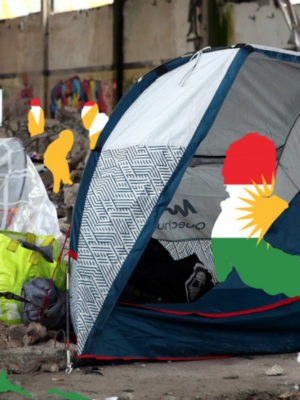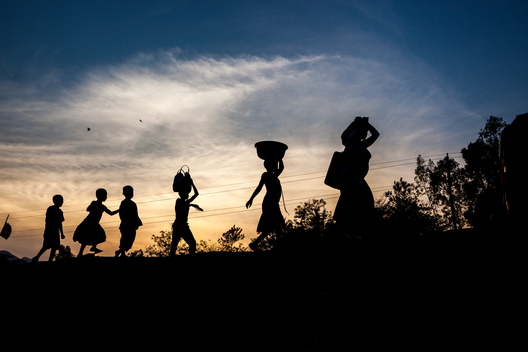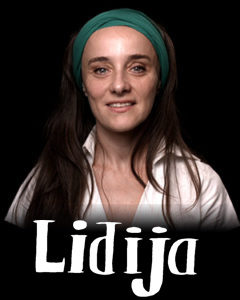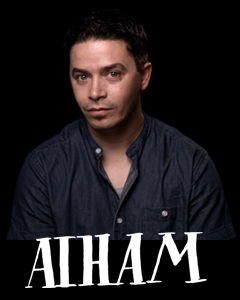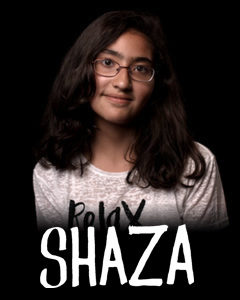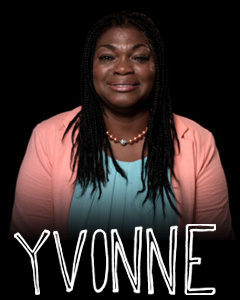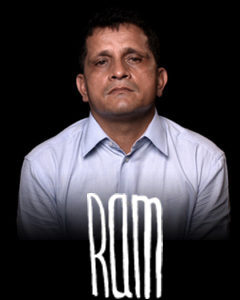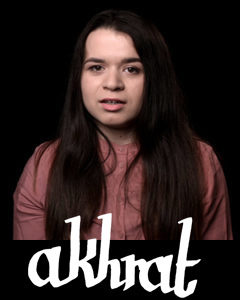Akhrat Selevani (1999), Irak
Akhrat lived in asylum seekers’ centers from the age of six until she was sixteen. All that time she didn’t know if she could remain in the Netherlands.
Akhrat and her family are Kurdish and come from Mosul, a city in Iraq. In 2005 the family flees the war and comes to the Netherlands. When they get here, their journey continues: they relocate ten times to different asylum seekers’ centers. At one center the family of seven lives in one room. They receive almost no help for Akhrat’s handicapped sister or for her mother, who is seriously ill.
It is impossible to be a child in an asylum seekers’ center, thinks Akhrat. There is nothing to do, you have no room of your own, your friends are always moving to another center, or you are moving elsewhere. Every day there are tensions among the residents, who have to share facilities with one another and are desperate about their situation.
Not all Dutch people are the same, so you cannot expect that every refugee is the same.
State secretary uses power for permit
In the end, Akhrat draws attention to their plight through the media. The family is ineligible for a pardon for children, but on account of the distressing condition of her mother and sister, the State Secretary uses his discretionary power: the freedom to take a decision in a specific case at his own discretion. The family is thus awarded a residence permit. By then, Akhrat is already sixteen.
Situation in Iraq
Saddam Hussein became president of Iraq in 1979. Under his rule, the country was a dictatorship. Political opponents disappeared into prisons or were murdered. In the 1980s Iraq was at war with the neighboring country of Iran, costing the lives of more than 500,000 soldiers and civilians.
The Kurds – who live in the north of the country – were systematically oppressed and attacked. On March the 16th, 1988 the Iraqi army followed Hussein’s orders and launched a chemical attack on the Kurdish city of Halabja. An estimated 3500 to 5000 people were killed.
In 2003 an international coalition led by the United States invaded Iraq. This was part of the so-called ‘war on terror’, in response to the terrorist attacks in the United States in 2001. After the collapse of the Hussein regime, chaos reigned throughout the country, including Akhrat’s home city of Mosul. Various groups — Kurds, Shiites, Sunnites, Christians, supporters and opponents of Hussein — began fighting one another. Bomb attacks and abductions are still commonplace. Since the start of the war in 2003, an estimated 600,000 people have been killed and 900,000 Iraqis have fled their country.
The last American troops left the country in 2011, but there is no peace in Iraq. Bomb attacks are carried out almost every week. In 2016 fighting is still taking place throughout much of the country. Among the groups involved is Islamic State (IS).
Asylum in The Netherlands
As an asylum seeker, you encounter many different organizations and you have to move around often. When you arrive in the Netherlands and apply for asylum, you first go to the Application Center of the Immigration and Naturalization Service (IND) in Ter Apel, Groningen. There you are registered by the Aliens Police (AVIM). The Central Agency for the Reception of Asylum Seekers (COA) provides accommodation, food and a living allowance.
The first stage of the asylum procedure lasts a maximum of eight days. Asylum seekers explain who they are, where they come from, how they got here, and why they are applying for asylum. If the IND decides that an asylum seeker is entitled to asylum, they are issued a residence permit for a limited period, usually five years. The asylum seeker is now a ‘recognized refugee’ or ‘status holder’ and can live in a municipality.
The asylum procedure seems well organized, but the story of Akhrat shows that reality is often more complex. After all, how can you determine whether or not a person’s safety is threatened in their home country? If the IND requires more information, the asylum seeker’s case is referred to the Extended Asylum Procedure.
An asylum seeker can appeal against a rejected application, or start a new procedure on the basis of new evidence. But the IND can also appeal if a judge decides in favor of the asylum seeker. Asylum seekers live in asylum seekers’ centers for the duration of what can sometimes be a lengthy procedure. These centers are often remotely located buildings such as barracks, homes for the elderly, or houses in bungalow parks. Many asylum seekers feel that they are hidden away, far from the civilized world. They are not allowed to work or study. There is little to do, except wait.
Asylum seekers whose application has been repeatedly refused are labeled as ‘refused’. Officially, they have to leave the Netherlands, either voluntarily or by force. But some asylum seekers do not want to return, for example because they think it is too dangerous. Others cannot return, because their country of origin does not issue documents. Some ‘refused’ individuals wait for a pardon for children or, like Akhrat, write a letter to the State Secretary or Minister. They hope they can still obtain a residence permit. Therefore, even though all asylum applications may have been made and refused, this does not mean the asylum seeker will leave the country.

